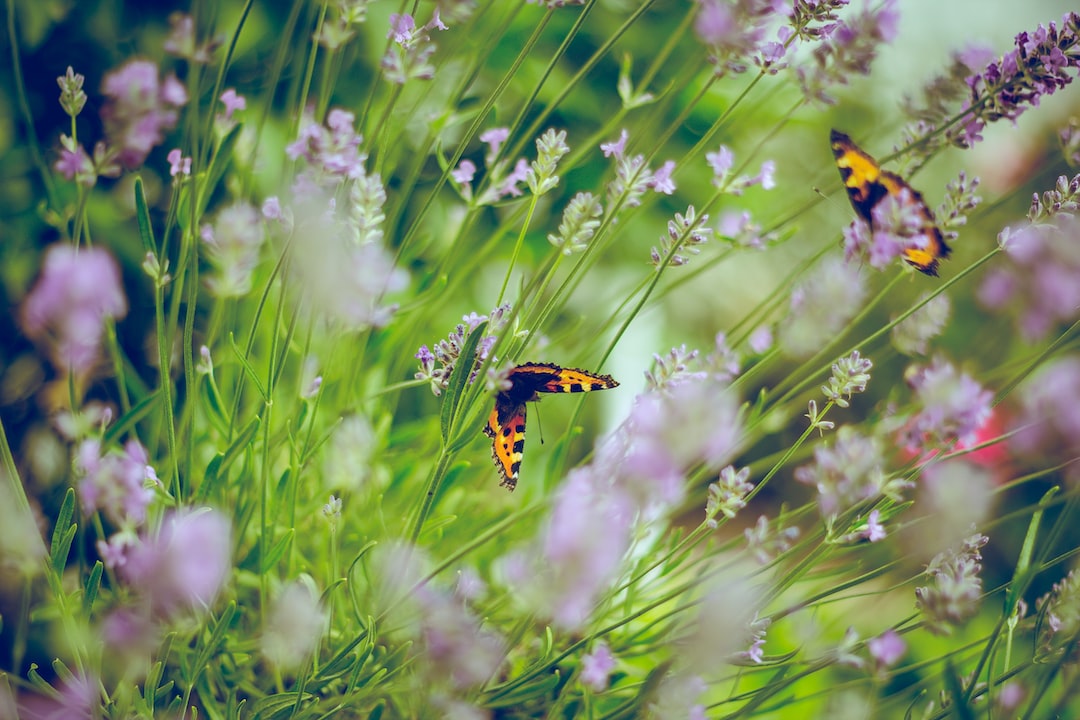The Joy of Bonsai: Cultivating Miniature Trees with Precision
Bonsai trees are fascinating works of art that have captured the imaginations of people for centuries. These miniature trees, carefully sculpted and pruned, bring a sense of tranquility and beauty to any space they inhabit. The art of bonsai has a rich history and requires a combination of patience, knowledge, and precision. In this blog post, we will explore the joy of bonsai and the process of cultivating these miniature trees.
The origins of bonsai can be traced back to ancient China, where intricately styled trees were grown in shallow containers. This art form eventually made its way to Japan, where it became known as bonsai, meaning “planted in a container.” In Japan, the art of bonsai flourished and evolved, with dedicated practitioners refining techniques and styles.
Cultivating a bonsai tree is a labor of love that begins with selecting the right species. Any tree can potentially be turned into a bonsai, but certain species are more suitable due to their ability to withstand pruning and confinement. Popular bonsai tree species include juniper, maple, pine, cherry, and elm. Each species has unique characteristics that determine the style and overall look of the bonsai.
Once a species is chosen, the process of shaping and training the tree can begin. Bonsai trees are kept in shallow pots to restrict their growth and encourage the development of a proportional and harmonious shape. Pruning is one of the most critical techniques used in bonsai cultivation. Branches and roots are carefully trimmed to create an aesthetically pleasing design while maintaining the health and vigor of the tree.
Wiring is another technique used in bonsai to give the tree its desired shape. Copper or aluminum wire is wrapped around branches, allowing them to be gently maneuvered into position. The wire is applied with precision, ensuring it does not dig into the bark or leave marks. Once the branches have set into their desired positions, the wire is removed, leaving behind a tree sculpted with meticulous precision.
Watering and feeding bonsai trees require attention to detail. Overwatering can lead to root rot, while underwatering can cause the tree to wither and die. Finding the perfect balance is essential for maintaining the health and vitality of the tree. Similarly, fertilizing bonsai trees is crucial for providing them with the necessary nutrients to thrive. However, care must be taken not to over-fertilize, as this can damage the delicate roots.
The art of bonsai is not only about the physical cultivation of the tree but also about creating a harmonious and balanced composition. The positioning of the tree within its pot, the choice of accompanying rocks or moss, and the selection of the right container all contribute to the overall aesthetic appeal of the bonsai. The goal is to create a sense of natural harmony that mimics the beauty of a full-sized tree in nature.
Caring for a bonsai tree can be a deeply rewarding experience. The slow and deliberate process of cultivation teaches patience, discipline, and an appreciation for the intricacies of nature. Watching a bonsai tree grow and develop, with each pruning and shaping session bringing it closer to its envisioned form, is a source of immense satisfaction and joy.
The beauty of bonsai lies not only in the visual appeal but also in the sense of connection it fosters with nature. It is a reminder that even the tiniest things can bring great joy and beauty to our lives. The precision required in bonsai cultivation translates into a deeper understanding of the delicate balance between humans and the natural world.
In conclusion, the joy of bonsai lies in the meticulous cultivation and refinement of miniature trees. By carefully shaping and training each branch and root, bonsai artists create stunning pieces of living art that bring a sense of serenity and beauty to any space. The journey of cultivating a bonsai tree is a lesson in patience, discipline, and harmony. The art of bonsai provides a unique opportunity to connect with nature and find joy in the smallest of things.

